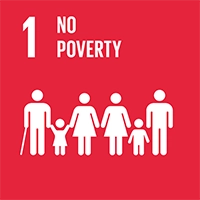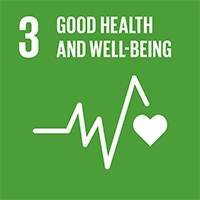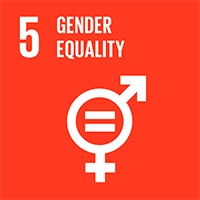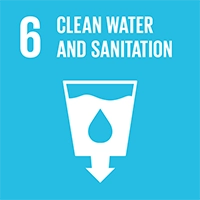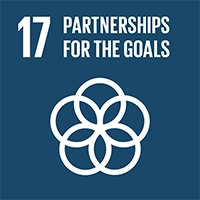School Eye Health
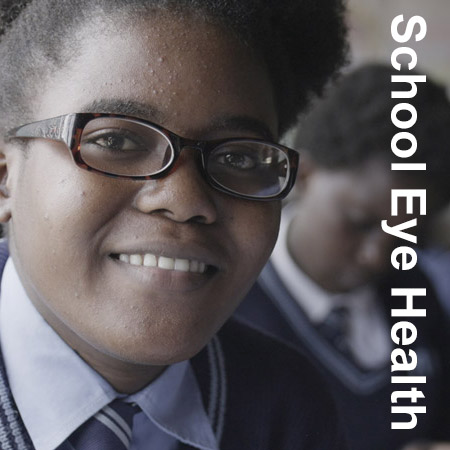
Free resources for parents
Looking for a fun way to talk to your kids about eye health?
Download your free eye health tip sheet and colouring pages for kids and get the conversation started.
Vision plays a key part in a child’s development – in fact, 80 percent of a child’s learning is visual.
That’s why our school eye health programs are giving students more than just access to spectacles or a sight-saving procedure; together we are giving students the chance to attend school, build social connections and thrive.
More than just eye care, we empower students to access local health services, fostering life-long healthy habits.
It’s part of our focus on achieving the UN’s Sustainable Development goals, including improving access to quality education and achieving gender equality.
School eye screening programs in India
School eye screening programs are an important public health intervention aimed at identifying and treating eye conditions in children. Working with the local village leaders and school heads, these programs typically involve the screening of all children in a school to identify those who may have refractive errors, such as myopia (near-sightedness) or hyperopia (farsightedness), or other vision problems.
Some benefits of school eye screening programs include:
- Early detection of vision problems: Often children do not know that they have vision problem as they don’t understand when something is wrong. School eye screening programs can help identify vision problems in children at an early age, which can prevent long-term vision problems and improve academic performance and quality of life.
- Increased access to eye care services: School eye screening programs can connect children and their families to eye care services and resources they may not have been aware of previously.
- Improved health outcomes: Treating vision problems can improve a child’s overall health, well-being and quality of life.
- Cost-effectiveness: School eye screening programs are cost-effective compared to treatment costs of long-term untreated vision problems.
In 2022, we screened over 30,000 students in India and provided 1,500 pairs of spectacles to children who needed them.

